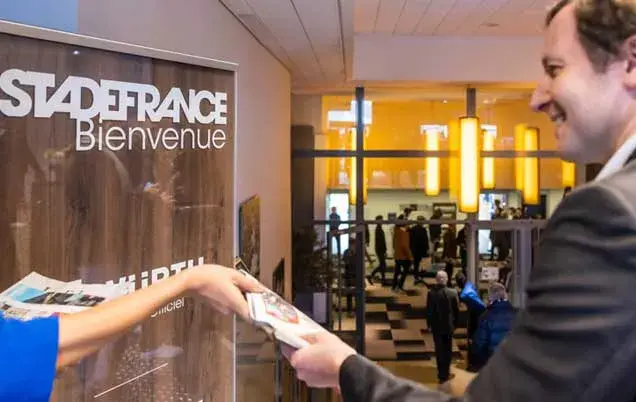
Sapin II law: Three key elements to prevent any risk of corruption
Entering into force on June 1st 2017, the Sapin II law aims to bring French legislation up to the best European and international standards in the fight against corruption. To this end, France has set up the French Anti-Corruption Agency (AFA) with the aim of monitoring the measures put in place by companies to prevent and combat acts of corruption.
In order to help companies define their gift and invitation policies, the AFA, within the framework of the Sapin II law, published a reference guide on the subject in 2020. In this official document, the AFA confirms that offering a gift or inviting a business partner "is an ordinary act of business life" and does not constitute, as such, an act of corruption.
However, it specifies that this situation could constitute an act of corruption if the practice is not supervised. To this end, it recommends that companies consider the purpose of the gift or invitation, its frequency and its value, in order to easily identify risky situations and act accordingly.
1 - Define the purpose of the gift/invitation
The purpose is the objective you are looking to achieve when you offer a gift or an invitation. The first recommendation is therefore to ask yourself why, to think about the motivations, circumstances and overall context of the proposal in order to map out the risk of corruption:
- Do I want something in return?: high risk
- Is there a contract or call for tenders in progress?: high risk
- Is the situation with the customer delicate? (termination of a contract? loss of turnover on this account?): medium risk
- Is it to maintain good business relations?: low risk
Thus, gifts that are justified by a professional reason and that are part of a predefined company policy are less likely to be questioned because their purpose is clear, transparent and documented.
The AFA reminds us that as a provider of gifts, it goes without saying that no consideration should be expected from the guest following the sending of a gift or an invitation to a sporting or cultural event!
2 - Establish the frequency of the gift/invitation
The recurrence or frequency of offers is a major element to consider: can I invite the same customer to an event every year, every month, every week?
The AFA, in its practical guide, explores several practical measures that are easy to implement in companies. Here are some examples of them:
- Determine a maximum number of gifts/invitations offered by the same third party over a given period of time.
- Ask, from the second offer onwards, whether a supervisor or an internal anti-corruption/Sapin II law contact person agrees or not.
- Create a register to monitor the frequency and value of gifts or invitations received by all employees.
It is up to each organisation to determine a code of conduct, training, approval systems, internal controls and audits, etc. In short, its own corruption prevention system adapted to its needs in terms of compliance with the Sapin II law.
3 - Determine the value of the gift/invitation
As with frequency, a price threshold can be set by the guest beyond which the gift or invitation will be systematically refused. This practice has its limits, however, because determining the value of a gift and even more so an invitation can be complex. To simplify things, instead of giving a monetary value to the gift or invitation, it is possible to evaluate it in a more qualitative than quantitative way "Is it luxurious, expensive, reasonable, modest, symbolic? Is it customary or exceptional?".
This key element should also be considered in a more global context and in relation to the two previous elements: purpose and frequency.
For example, a business trip abroad may seem more disproportionate than a VIP invitation to an event in the context of an existing business relationship. On this point, the AFA specifies that "the nature and value of the gift must correspond to everyday practices in the sector of activity concerned".
The more a company frames its gifts and invitations policy with an internal warning system and easy-to-implement measurement tools (register, hierarchical approval, acceptance threshold, etc.), the more it will reduce the risk of corruption.
In order to help companies in this process, Stade de France has developed a white paper containing the main information of the AFA guide, in which you will find a practical tool to help employees who are approached with an invitation to identify the risk easily.








